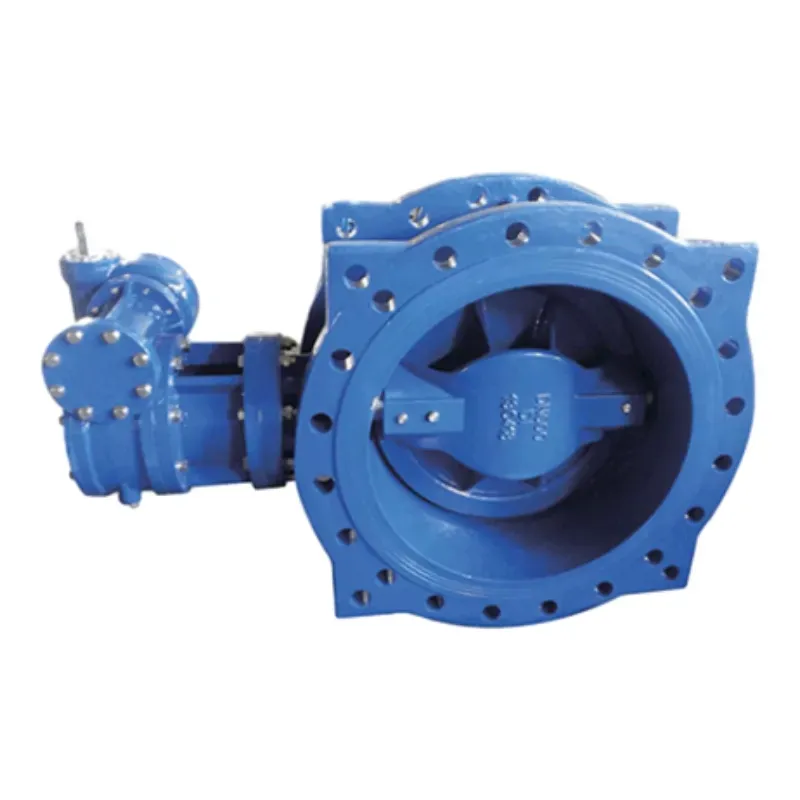9 月 . 21, 2024 18:03 Back to list
din metal seat gate valve
DIN Metal Seat Gate Valve An Overview
Gate valves, especially those designed with metal seats, are critical components in various industrial applications for regulating fluid flow. The DIN (Deutsches Institut für Normung) standard defines several specifications for gate valves, particularly focusing on their design, construction, and operational capabilities. This article delves into the features, advantages, and applications of DIN metal seat gate valves, providing insights into why they are a preferred choice in many industries.
Design and Construction
DIN metal seat gate valves are characterized by their robust design, which ensures durability and reliability under high-pressure and high-temperature conditions. Typically, these valves are made from various materials such as carbon steel, stainless steel, or alloy steel, depending on the application's requirements. The metal seats in these valves provide enhanced strength and resistance to wear, making them suitable for handling abrasive fluids or gases.
The construction of a DIN metal seat gate valve involves a wedge-shaped gate that moves up and down to open or close the flow path. When the valve is fully opened, the fluid can pass through without significant obstruction, leading to minimal pressure drop. This design is particularly advantageous in applications requiring full flow, such as in pipelines carrying water, oil, or gas.
Advantages
One of the primary advantages of DIN metal seat gate valves is their excellent sealing capabilities. When fully closed, the metal-to-metal contact of the seats provides a tight seal, minimizing the chances of leakage. This characteristic is crucial in processes where safety and environmental concerns are paramount.
din metal seat gate valve

Additionally, metal seat gate valves are highly durable compared to traditional soft seat valves. They can withstand higher temperatures and pressures, making them ideal for harsh operating conditions. Their longevity reduces the need for frequent replacements, contributing to lower maintenance costs in the long run.
Another notable benefit is the ease of operation. DIN metal seat gate valves typically feature a rising stem design that allows users to visually confirm whether the valve is open or closed. This feature enhances operational safety, especially in larger industrial plants where valves are often remotely controlled.
Applications
DIN metal seat gate valves find extensive application across various industries, including oil and gas, petrochemical, water treatment, and power generation. In oil and gas operations, these valves are employed to control the flow of crude oil, natural gas, and other hydrocarbon products. Their resilience against high pressures and temperatures ensures safe operation in these critical applications.
In power generation, particularly in steam systems, DIN metal seat gate valves are used to manage the flow of steam and water, playing a vital role in maintaining efficiency and safety. Similarly, in water treatment plants, these valves help regulate the flow of water, ensuring clean and safe supply.
Conclusion
DIN metal seat gate valves embody reliability and performance, making them indispensable in numerous industrial processes. Their robust construction, superior sealing capabilities, and ability to withstand harsh conditions contribute to their widespread usage. As industries continue to evolve, the demand for such durable and efficient gate valves will likely grow, underscoring their importance in fluid control systems. Whether for new installations or upgrades, investing in DIN metal seat gate valves is a step towards enhanced operational reliability and safety.
Share
-
Understanding the Differences Between Wafer Type Butterfly Valve and Lugged Butterfly ValveNewsOct.25,2024
-
The Efficiency of Wafer Type Butterfly Valve and Lugged Butterfly ValveNewsOct.25,2024
-
The Ultimate Guide to Industrial Swing Check Valve: Performance, Installation, and MaintenanceNewsOct.25,2024
-
Superior Performance with Industrial Swing Check Valve: The Essential Valve for Any SystemNewsOct.25,2024
-
Industrial Swing Check Valve: The Ideal Solution for Flow ControlNewsOct.25,2024
-
You Need to Know About Industrial Swing Check Valve: Functionality, Scope, and PerformanceNewsOct.25,2024